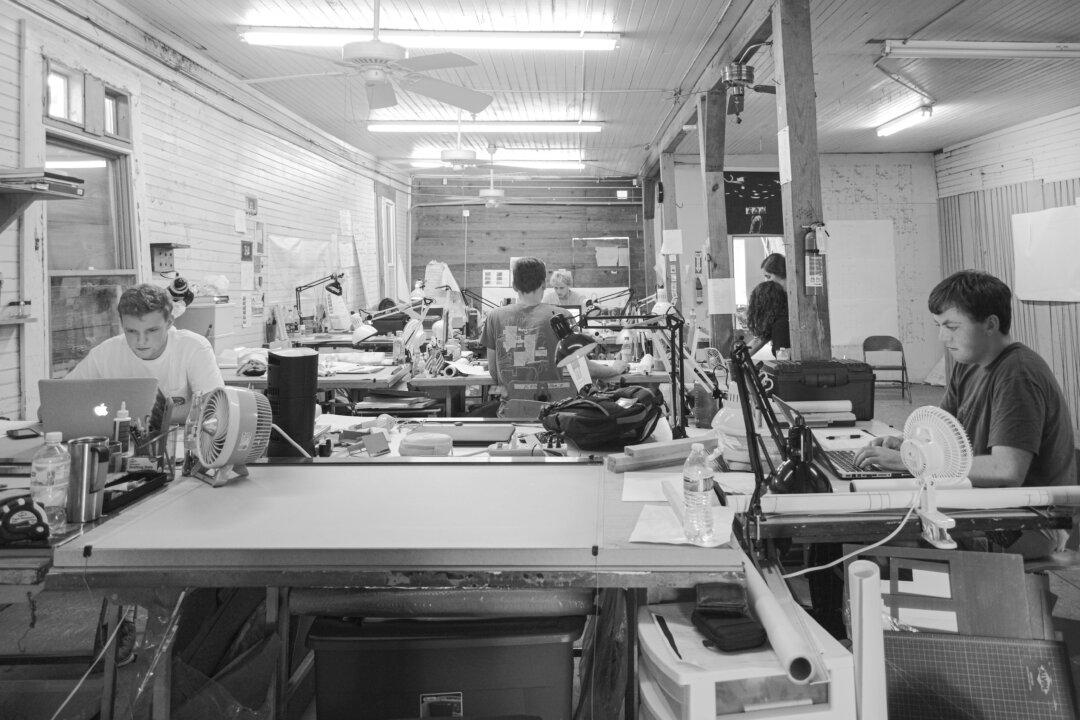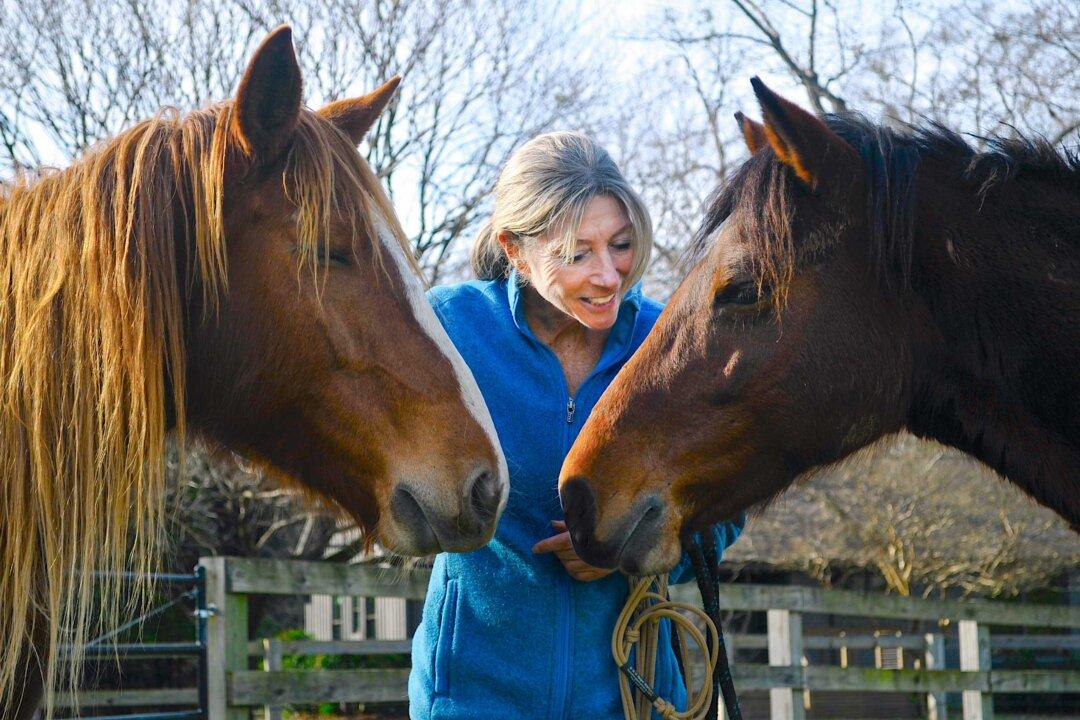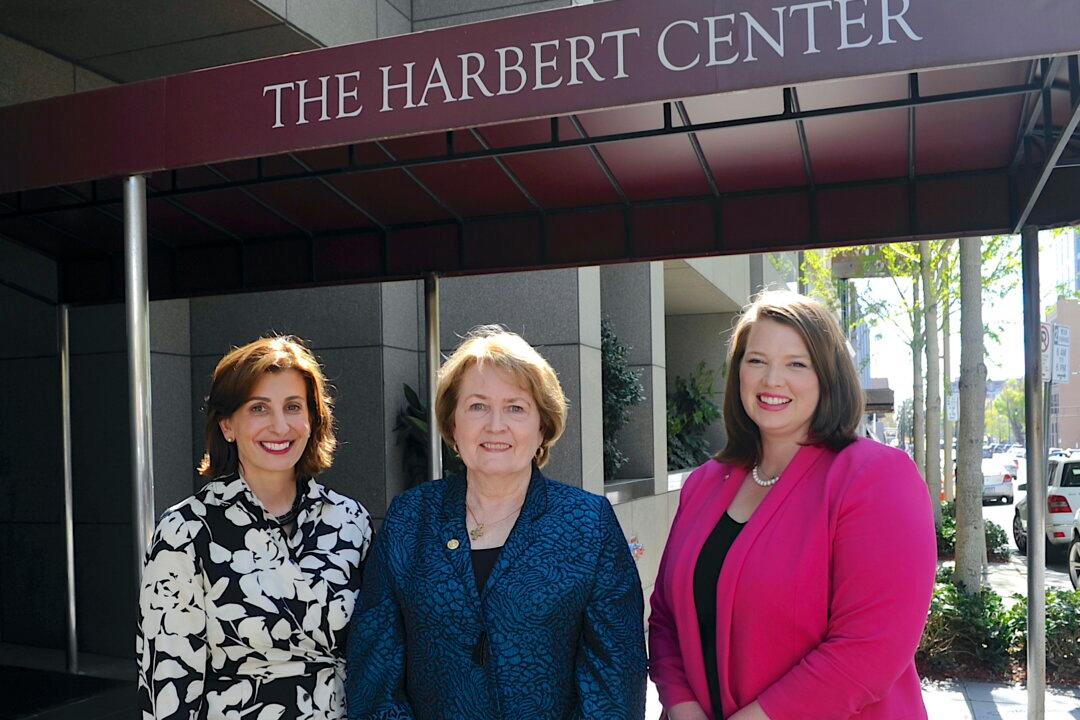“The initial sketch is always an emotion, not a concept.”—Sambo Mockbee
As you drive along the two-lane highway into Newbern in the heart of Alabama’s Black Belt, you might experience a massive shift in your perception. There is something different about the architecture of the buildings downtown. The facilities along Highway 61 include a city hall, a fire station, a library, and others. All of the structures appear uncommon, unconventional, exotic, and almost idiosyncratic. Some are covered with brick and mortar, a few with old metal sheets, others with a variety of unconventional material. To view these iconic structures can be best described as an out-of-this-world experience.





